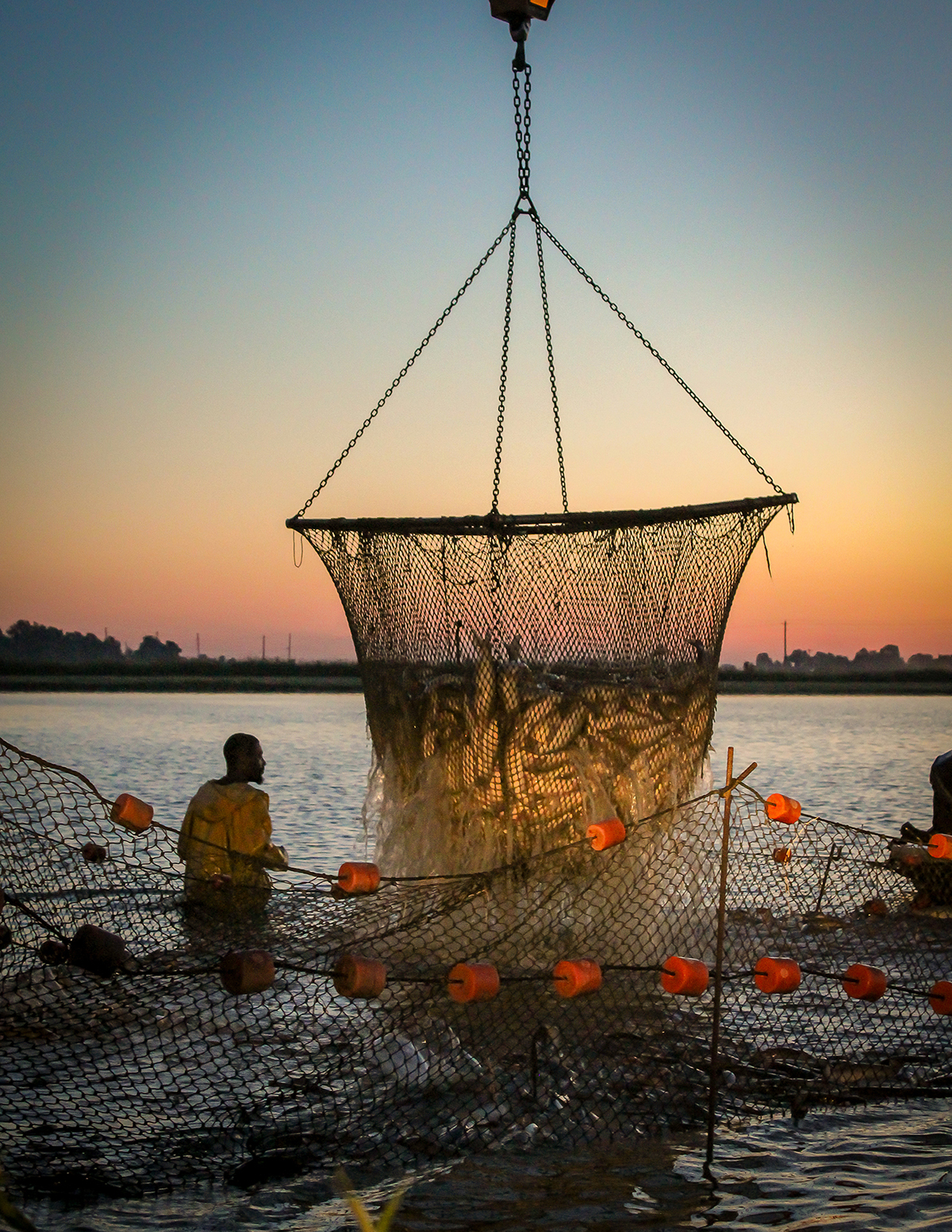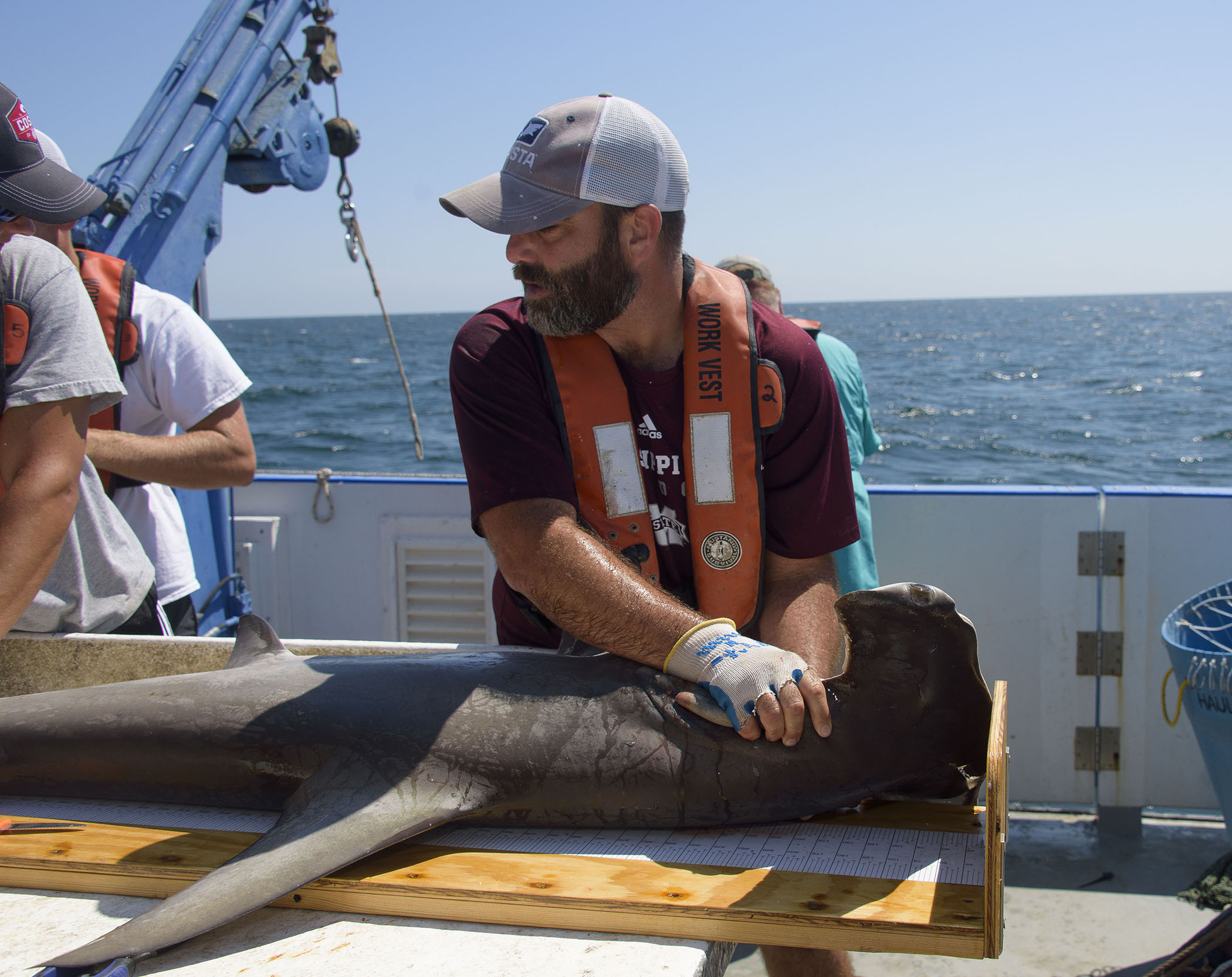Mississippi State University research and outreach has contributed to a 59% productivity increase over the past decade in a crucial stage of catfish farming, a new multistate research survey shows.
Encompassing Mississippi, Arkansas and Alabama, the survey area accounts for 93% of U.S. catfish production. Mississippi ranks first in U.S. catfish production with $232 million in annual production value across 34,000 acres.
The U.S. Department of Agriculture’s National Institute of Food and Agriculture Southern Regional Aquaculture Center funded the research in response to requests from aquaculture producers in the region. MSU scientists worked with colleagues from Virginia Tech, Auburn University and the University of Arkansas at Pine Bluff to conduct the surveys and analyze the data.
The data is based on regional research and field surveys to quantify economic impact and track adoption of emerging catfish farming technologies. MSU has played a pivotal role in developing and validating many of the techniques and technologies producers are using to increase efficiency, such as the development of a vaccine to prevent bacterial disease, along with increased use of paddlewheel aeration and automated oxygen monitoring systems.
“Progressive adoption of these technologies has contributed to a 59% increase in food fish productivity per acre over the past decade. MSU has played a central role in the development and validation of each of these technologies,” said Kumar Karunakaran, associate research professor in MSU’s Department of Wildlife, Fisheries and Aquaculture.
He explained that food fish refers to the final stage of farmed catfish development before the fish are harvested. MSU, working in tandem with the USDA Agriculture Research Service, has a robust research team of MSU and USDA-ARS scientists housed in the Thad Cochran National Warmwater Aquaculture Center in Stoneville. Team members include fisheries biologists, extension specialists, economists and veterinarians.
“The catfish industry is the largest segment of U.S. aquaculture, contributing $1.91 billion in 2019 to the regional economy of Alabama, Arkansas and Mississippi. The industry employs over 9,100 people annually and generates $78 million in tax revenues,” said Karunakaran, also an aquaculture economist in the university’s Mississippi Agricultural and Forestry Experiment Station. “Our study found that catfish farmers have progressively adopted technologies that allow for cost efficiencies.”
Karunakaran and his team monitored adoption rates in intensively aerated pond and split-pond systems, adoption rates of vaccinations against the bacterial disease Enteric Septicemia of Catfish (ESC) on fingerling producing farms, increased use of paddlewheel aeration, automated oxygen monitoring systems and hybrid catfish fingerlings. The team then conducted a survey of 68 participating catfish farms in the region.
The survey found that adoption of split ponds and intensively aerated ponds became an increasing trend, with Mississippi leading most of the area studied in both adoptions with 71% in intensive aeration and 89% in split ponds. Additionally, farmers have increased application of an MSU-developed vaccination and delivery method against ESC on more than 73% of fingerling production areas. The adoption of productivity-enhancing technologies and the intensification of catfish production can be expected to enhance the environmental performance of catfish production.
“These results indicate that the industry is using Mississippi State and USDA research to improve production significantly,” said Jimmy Avery, MSU extension professor for the National Warmwater Aquaculture Center and director of the Southern Regional Aquaculture Center. “It’s exciting to see an industry adopt technology which in turn makes the producer more profitable. The scientists at the Thad Cochran National Warmwater Aquaculture Center have developed a great relationship with catfish producers, and we are excited to continue to find solutions to the most pressing issues facing the industry.”
For more information on MAFES, visit www.mafes.msstate.edu. Find out more about the Thad Cochran National Warmwater Aquaculture Center at www.tcnwac.msstate.edu.
MSU is Mississippi’s leading university, available online at www.msstate.edu.



















